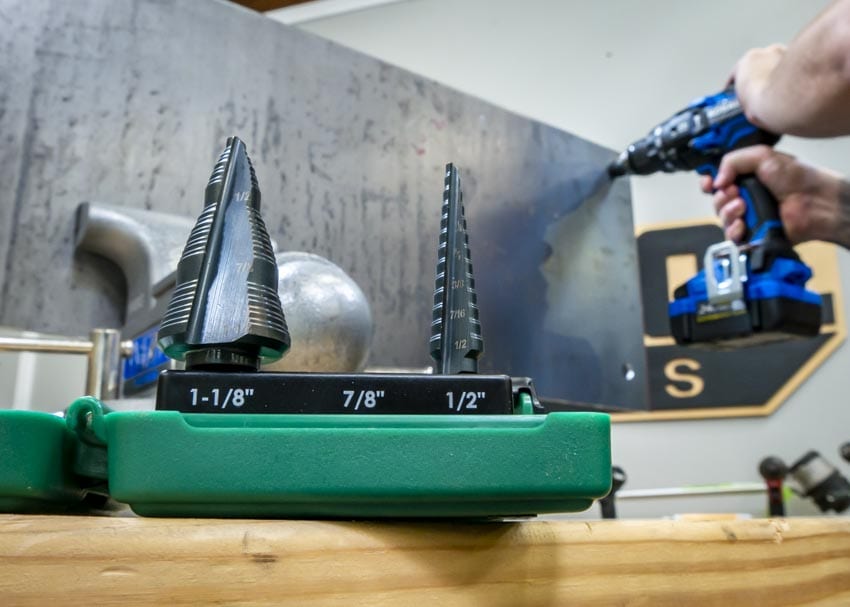Progressive Split-Step Design Sets Greenlee Step Bits Apart
Step bits are one of those accessories we don’t see a ton of leaps and bounds from in terms of innovation. When they do, it’s a big deal. It’s been a weird year on several fronts, and the fact that several brands have introduced new ones has made our testing even more fun. One of the most promising is the latest generation of Greenlee step bits.
Pros
- Split-step design drills smoother than other premium step bits
- Split-point tip delivers accurate starts
- Fast drilling with a dual-flute design
Cons
- No significant drawbacks
Recommendation
When we’re using step bits, we want an accurate start followed by fast, smooth drilling. That’s not easy to accomplish with this kind of accessory, but Greenlee step bits do a better job of putting together a complete package than most. The next time you’re in the market for a new one, give Greenlee a shot. We think you’ll be impressed.Greenlee Step Bits: The Next Generation
Split-Point Tip
One of the first things we look for with any new step bit is how much it wants to walk. With the split-point tip these Greenlee step bits have, it doesn’t want to wander the way some bits do.
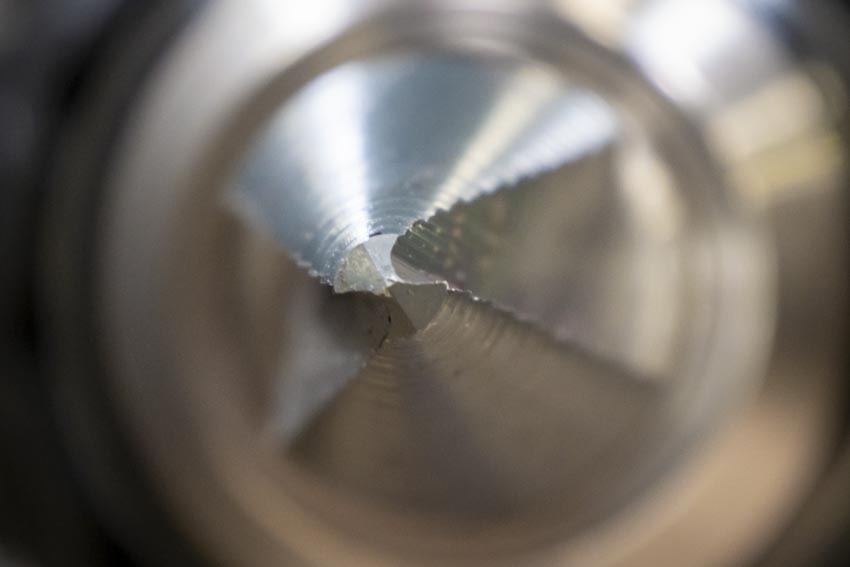
In our initial tests, it still took a little bit to get the tip through the material, especially thicker metal. During that time, it didn’t walk away from our mark, giving us accurate holes every time.
Split-Step Design
Greenlee’s split-step design really sets these step bits apart. According to Greenlee, it “optimizes chip load for fast, smooth cutting, and more holes per charge.”
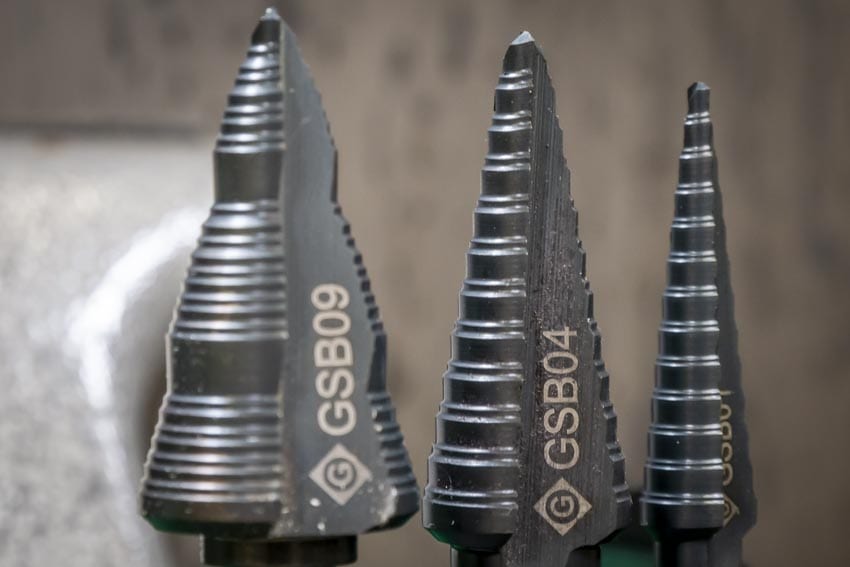
The difference is pretty obvious side-by-side with another bit. There’s an extra partial step just before the size you’re stepping up to. It really does seem to smooth out cutting better than other bits we’ve used and our speeds have been impressive.
Progressive Cutting Edges
With all that goes into a step bit’s design, it’s the cutting edge that has to remove material. This generation of Greenlee step bits uses a progressive design, striking a balance between an aggressive attack and bind-up prevention.
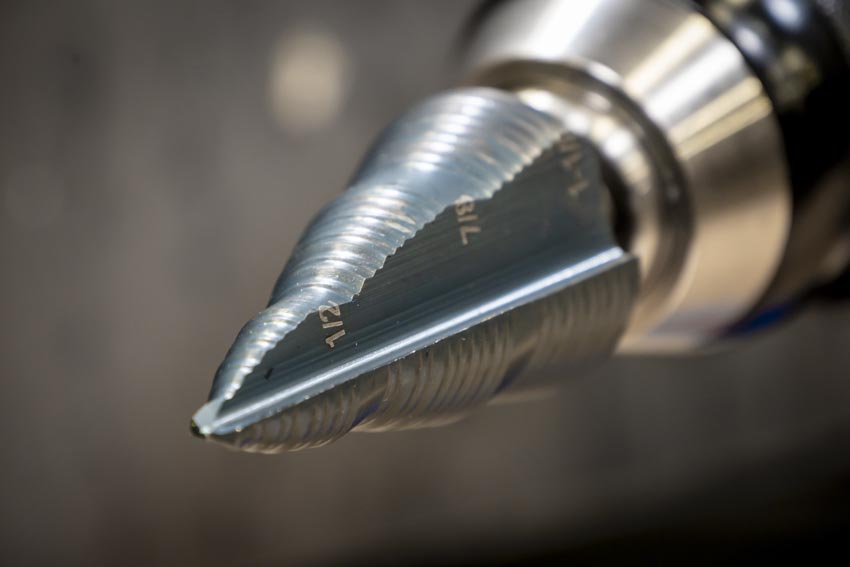
The smaller diameters get a more aggressive angle of attack while the larger diameters ease up. As you move up in size, you don’t have the same kind of load increase to control that you do with other step bits.
Double Flute
Greenlee joins the top performers with a double-flute design. If you haven’t used a step bit with two flutes, there’s a significant difference in cutting speed and chip ejection. Having twice the cutting edges and area for chip removal, it makes sense that it can cut up to twice as fast and lasts up to twice as long.
The Sum of its Parts
There’s a lot of technical-sounding jargon to describe how these step bits are designed and how that’s supposed to help. But do they really work as well as they say?
To get a better idea, I lined up bits from three other quality manufacturers we trust and use on a regular basis (Diablo, Lenox, and Southwire). All but one gave us the perfectly accurate start we were looking for. Only one was close to keeping up with Greenlee’s speed, but none could cut as smoothly.
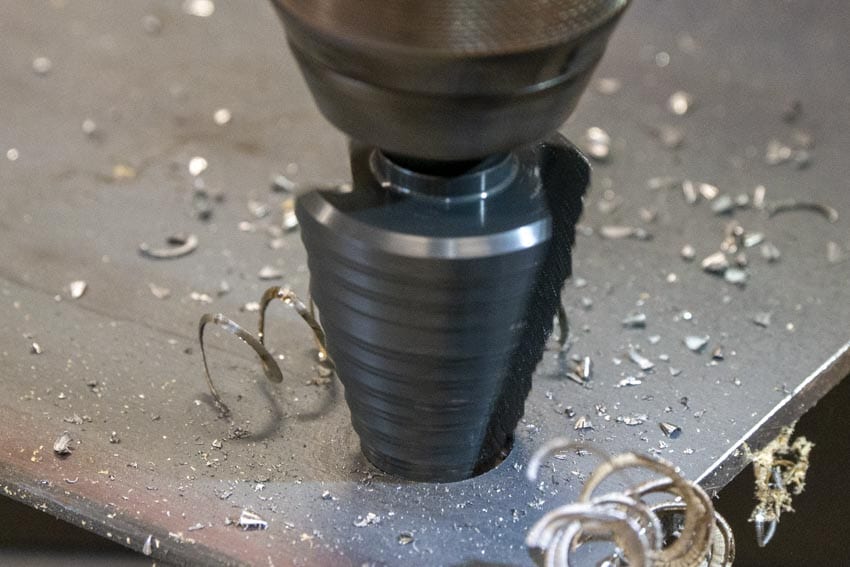
It was noticeable the way the other bits ejected small metal chips. Greenlee had its share, too, but there were actual shavings where the cutting edges sliced away metal instead of chipping it out.
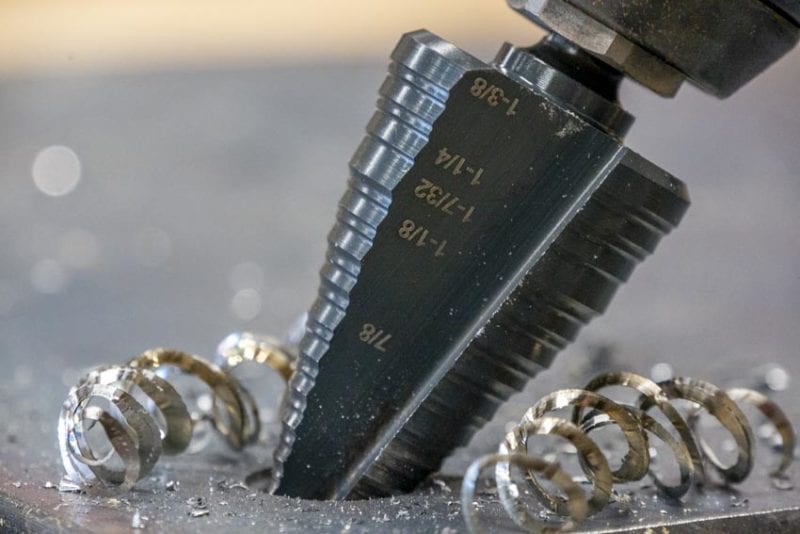
Greenlee’s bits also seem to require less torque from the drill. That helps it keep the RPMs higher and make the drill easier to control. It’s even more noticeable as you get to the largest sections of 1 3/8-inch bits.
Of the four, Greenlee definitely stood out above the rest as a better overall drilling experience.
There is one area that these Greenlee step bits won’t keep with some of the others, though. Because it doesn’t use a 1/4-inch hex shank, it won’t work in your impact driver.
That doesn’t bother me, particularly. As soon as you move to an impact driver, you have a more violent application thanks to the impacts you have to endure. I greatly prefer the smoother action of a drill, especially when the bit has a design to smooth things out on the business end.
Available Sizes
- 1/2-inch: #1, #2, #6
- 3/4-inch: #3
- 7/8-inch: #4, #7
- 1-inch: #8
- 1 1/8-inch: #9
- 1 7/32-inch: #11
- 1 3/8-inch: #12
- 12mm
- 30.5mm
- 32.5mm
- 3-piece set: #1, #4, #9 (tested)
- 2-piece set: #1, #4
Check your favorite Greenlee retailer for pricing information.
The Bottom Line
When we’re using step bits, we want an accurate start followed by fast, smooth drilling. That’s not easy to accomplish with this kind of accessory, but Greenlee step bits do a better job of putting together a complete package than most. The next time you’re in the market for a new one, give Greenlee a shot. We think you’ll be impressed.

